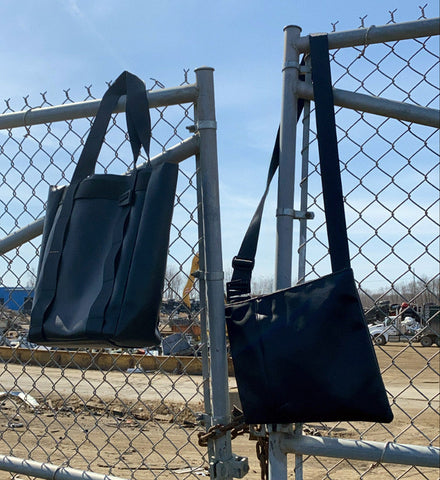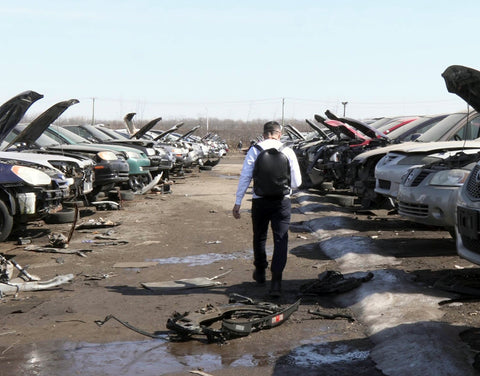
Dharma (धर्म) is a Sanskrit word, which translates to “One’s purpose in life”. This is a word that BEDI’s founder, Inder, has been saying for as long as we can remember. We believe that there is a reason behind every occurrence in life. There is a reason why the sun shines during the day and the moon shows her face at night. There is a reason why the discomfort allows us to shed our skin and blossom into who we were meant to be. There is a reason why we exist and there’s one why you do, too. It is our Dharma, it is our Purpose.
BEDI’s founder, Inder, believes that every action in his life led him to a place where he was able to create BEDI Studios. When it comes to BEDI’s Dharma, we believe that our purpose is to work with materials that already exist, and with a touch of creativity, transform them into pieces of art, whilst cleaning up our planet. By doing so, we feel that we are fulfilling our Dharma by looking after one another and our planet. To celebrate this Earth Month, we thought we would share a bit about how BEDI began, and Inder’s initial journey of taking upcycled seat belts and transforming them into straps on our bags.
Where it all began
Inder often says that BEDI was born in the scrapyards of Quebec. This is because Inder’s inspiration was derived from the idea of designing with “scraps”! This concept began to brew in Inder’s mind when he met a man living off-the-grid in Ontario. This individual had been producing commodities using old leather, plastic, and seatbelts. Immediately, Inder was blown away and fell in love with the idea of working with materials that already existed, and not further contributing to global warming. Thus, a couple of weeks later he found himself in a scrapyard in Quebec searching for seatbelts.

Inder’s First Visit to the Scrapyard
In 2019, surrounded by hunks of metal and tons of old vehicles, Inder went from car to car, looking for seatbelts. As a huge movie buff, Inder compares his first visit to the junkyard to a post-apocalyptic movie scene, the perfect combination of the films Mad Max, Waterworld, and The Book of Eli. Amidst the screeching sounds of old cars and the dystopian aura surrounding him, Inder felt inspired. He didn’t mind the grayness of the scrapyard, as he could envision the beauty and good that could come out of it.
The Process
Now, being inspired by vintage seatbelts in old cars is one thing, but getting the seat belt out of the car and onto a bag, is a whole different task! It’s safe to say that it’s quite a process, and it involves a lot of trial and error. The first step that occurs is the search from car to car, looking for clean seat belts. Once the belts are chosen from each car, it’s time to take apart the assembly, and unroll the whole seatbelt. What you see in the car is only a part of the seatbelt– there's a lot more length hidden away, in what is called the assembly. To remove the seatbelts, a few tools including a crowbar, chisel, and strong cutters are required. Once all the belts have been selected, it’s time for a deep cleaning, which involves running all the belts through a specialized washing machine. Back in 2019, the whole process of trying to figure out how to sew the seat belts onto our bags took around six months, along with the breaking of several sewing needles! Through all the learning and unlearning that came with using upcycled seatbelts in our bags, we developed great relationships with skilled artisans who joined us on our journey. One of the most wonderful things about producing locally is working with people who have the same goal - contributing to slow fashion that helps clean up our environment.

Earth Month is Every Month
At BEDI, we strongly believe in playing our part in taking care of this beautiful planet that we have been blessed to live on. Although April gets dibs on Earth Month, we think that our everyday actions should allow us to reflect deeply upon our connection with Mother Earth.
Here are a few things we do regularly to help look after our planet…
- Using public transportation, cycling, and walking as much as possible. By doing so, we can lower the quantity of greenhouse gas emissions. GHG are gasses that are released into the atmosphere through certain activities such as transportation and the production of electricity. By using public transportation, we are lowering the quantity of GHG circulating within our environment, and thus helping with the climate crisis.
- Investing in ethically made clothing. According to a study conducted by Earth.Org, 92 million tons of clothing are placed into landfills each year, which further contributes to global warming. To make a change, try purchasing clothes that are sustainably made, or go vintage shopping!
- Learn more about the climate crisis. As they say, knowledge is power! We can learn a lot by watching documentaries, or reading books about the environment, and then executing that information by making changes in our everyday lives.
- Including more plant-based meals into your diet. The meat and dairy industries play a big role in the emission of greenhouse gasses. By diversifying one’s diet and eating more vegetarian meals, we can significantly decrease GHG emissions.


















